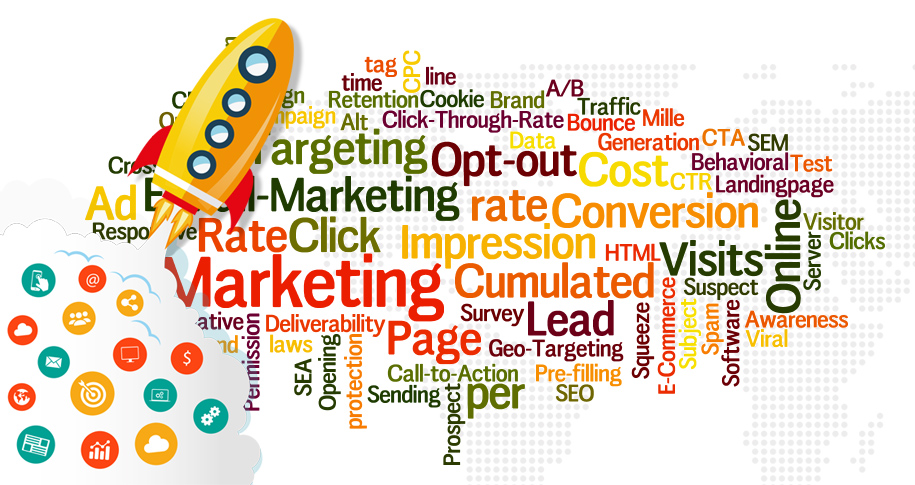Conversion Rate Optimization (CRO)Conversion Rate Optimization (CRO) Defin... More
Definition
Conversion Rate Optimization (CRO)Conversion Rate Optimization (CRO) Defin... More is the process of improving the percentage of users who take a desired action on a website or app. These actions, known as conversions, can range from purchasing a product and signing up for a newsletter to downloading a resource or filling out a contact form. CRO focuses on understanding user behavior, removing obstacles, and enhancing the user experience to drive measurable results.
Why CRO is Essential
- Maximizes ROI: By increasing conversions, CRO helps businesses get more value from their existing traffic without increasing ad spend.
- Improves User Experience: CRO initiatives often lead to a smoother, more enjoyable experience for users.
- Supports Business Goals: Higher conversion rates contribute directly to revenue growth and other key objectives.
- Reduces Customer Acquisition Costs: Optimizing the existing audience eliminates the need to constantly attract new visitors to meet revenue goals.
Key Metrics for CRO
- Conversion RateWhat Is Conversion Rate?
Conversion r... More: The percentage of visitors who complete the desired action. - Bounce RateWhat Is Bounce Rate?
Bounce rate is a... More: The percentage of visitors who leave the site without interacting. - Average Session Duration: Indicates how long users stay engaged on your site.
- Exit RateWhat Is Exit Rate?
Exit rate is a web... More: The percentage of users who leave from a specific page. - Click-Through Rate (CTR)What Is Click-Through Rate (CTR)?
Cli... More: Tracks how often users click on calls-to-action (CTAs).
Common Conversion Goals
- E-commerce: Add-to-cart actions, checkout completions, and account creations.
- Lead GenerationWhat Is Lead Generation?
Lead generat... More: Form submissions, email signups, and downloads of gated content. - SaaS: Free trial signups, demo requests, and subscription upgrades.
- Content: Social shares, comments, and time spent on the page.
CRO Strategies and Best Practices
- A/B TestingDefinition
A/B Testing, also known as... More: Experiment with different headlines, CTAs, layouts, and visuals to identify what resonates best with users. - Heatmaps and Session Recordings: Use tools like Hotjar or Crazy Egg to analyze user behavior on your site.
- Clear and Compelling CTAs: Ensure your call-to-action buttons stand out and communicate value.
- Simplify Navigation: Make it easy for users to find what they need without unnecessary clicks.
- Optimize Page Load Speed: A slow site can deter users; ensure your pages load quickly across devices.
- Mobile Optimization: Create a seamless experience for mobile users, as they make up a significant portion of web trafficWhat is Web Traffic?
Web traffic refe... More. - Social Proof: Add reviews, testimonials, and case studies to build trust and encourage conversions.
- Minimize Form Fields: Only ask for essential information to reduce friction during sign-ups or purchases.
Challenges in CRO
- Limited Traffic: Small sample sizes can make testing and optimization challenging.
- Understanding User Behavior: Misinterpreting user data can lead to ineffective changes.
- Technical Constraints: Implementing changes often requires developer resources and expertise.
- Balancing Speed and Quality: Rushing CRO experiments can result in inconclusive or misleading outcomes.
Examples of Successful CRO
- Amazon: Streamlined checkout processes and personalized recommendations contribute to higher conversion rates.
- Netflix: Simplified sign-up forms and personalized content previews encourage trial signups.
- Dropbox: Uses concise landing pages and clear CTAs to drive free trial and subscription conversions.
Tools for CRO
- Google Optimize: Free A/B testingDefinition
A/B Testing, also known as... More and personalizationWhat Is Personalization in Marketing?... More tool. - Optimizely: Advanced experimentation and optimization platform.
- Unbounce: Helps create and test high-converting landing pages.
- Crazy Egg: Provides heatmaps, scrollmaps, and other visual analyticsDefinition
Analytics refers to the sy... More.
Conclusion
Conversion RateWhat Is Conversion Rate?
Conversion r... More Optimization is a cornerstone of modern digital marketingWhat Is Digital Marketing?
Digital ma... More. By focusing on user-centric improvements and data-driven strategies, businesses can turn more visitors into customers, enhancing profitability and achieving their objectives efficiently. A strong CRO strategy not only boosts conversions but also strengthens overall user satisfaction, ensuring long-term success.
